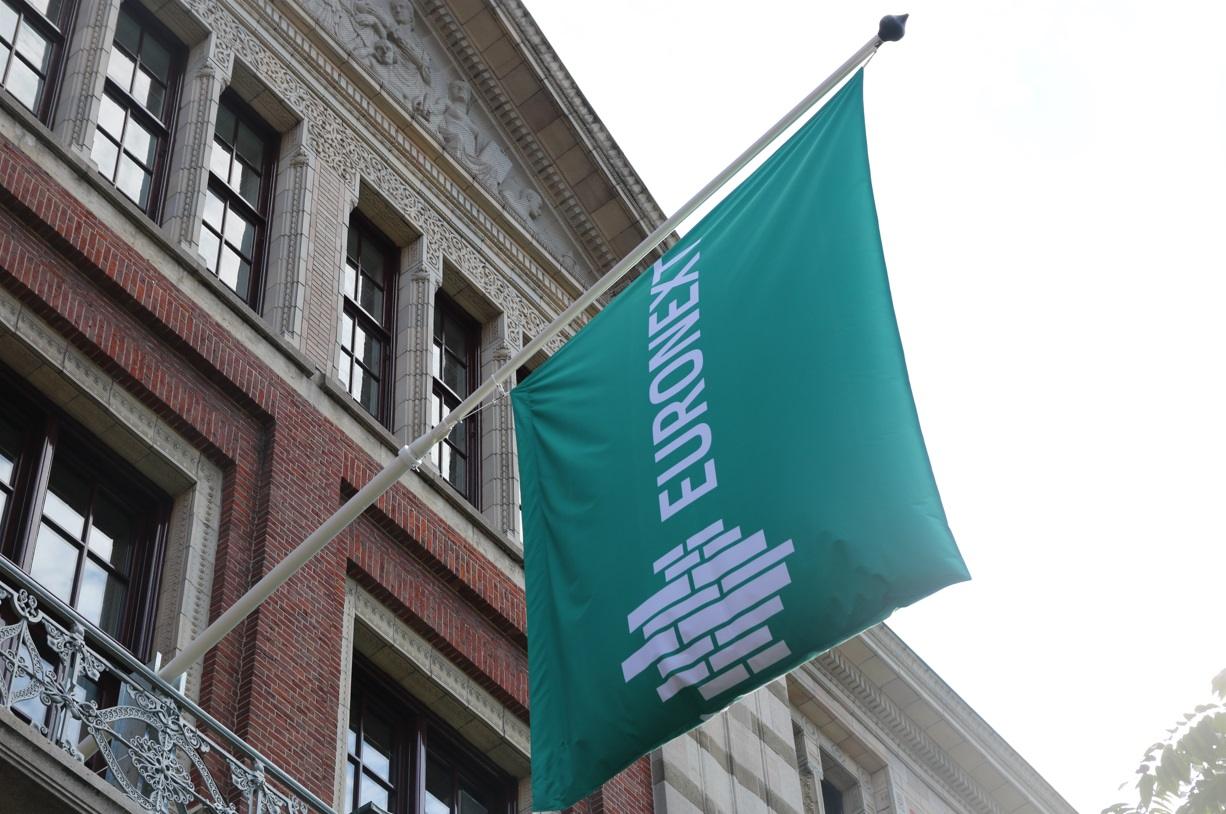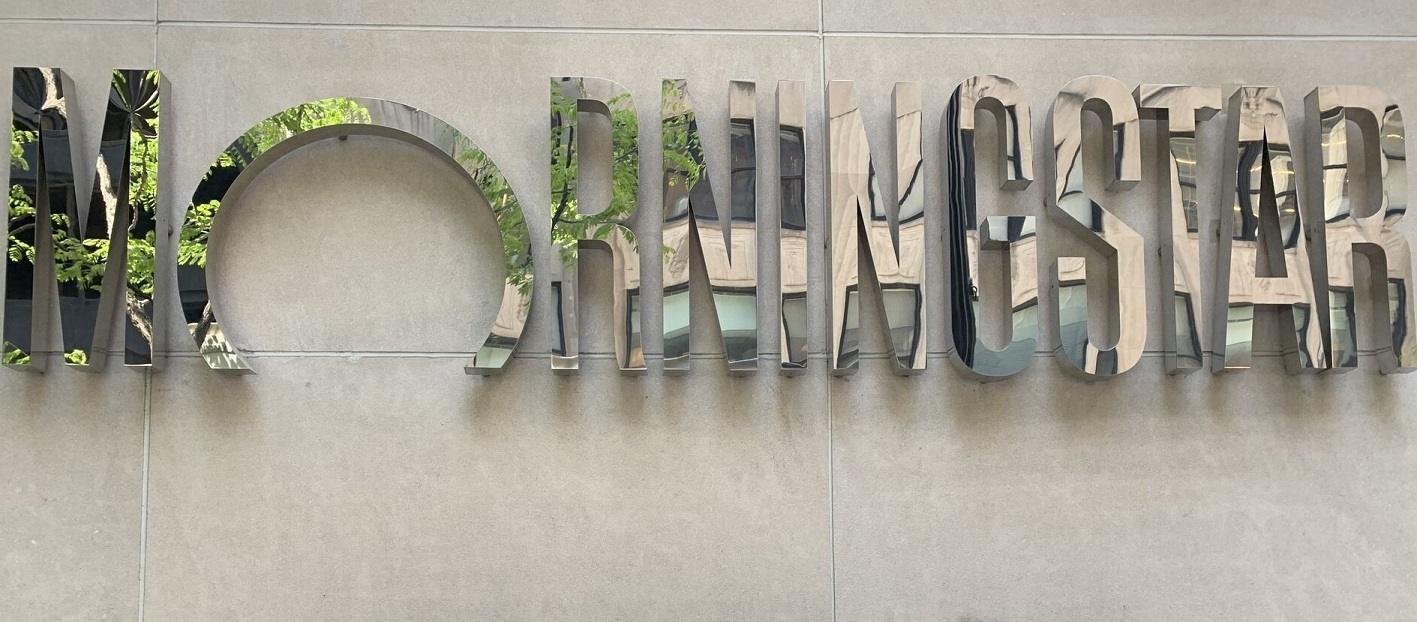Schwab Launches Active ‘Semi-Transparent’ ESG ETF
Schwab Asset Management, the asset management arm of The Charles Schwab Corporation, announced the launch of its new Schwab Ariel ESG ETF (SAEF) on the New York Stock Exchange, aiming to provide investors with exposure to an actively managed ESG-screened portfolio of small and mid-cap stocks. The ETF is being sub-advised by value-based asset management firm Ariel Investments.
The new ETF will utilize Ariel’s value-based investment process, using the firm’s ESG risk rating process to invest in small and mid-cap U.S. companies – within the capitalization range of the Russell 2500 index – with favorable ESG characteristics. An additional negative screening process is used, screening out companies with most of their revenues derived from tobacco products, fossil fuel extraction or exploration, private prisons, firearms manufacturing or controversial weapons.
Malik Sievers, Head of ESG Strategy, Schwab Asset Management, said:
“This fund is breaking new ground on a number of levels as the first ESG fund and first active ETF from Schwab Asset Management and the first ETF sub-advised by Ariel Investments. We are excited to bring a new option to market for retail investors and advisors who are looking for opportunities to invest according to their values.”
In addition to ESG attributes, the ETF aims to invest in companies that enjoy characteristics including high barriers to entry, enduring competitive advantage, predictable growth fundamentals, skilled management teams, and solid financials.
Active ETFs also known as semi-transparent or non-transparent, differ from traditional ETFs in that they do not disclose what assets they hold on a daily basis, making them more difficult to replicate. Instead, the ETF will publish a daily “proxy portfolio,” designed to help trading in shares of the ETF, which will include some of the shares held in the ETF, but is not the actual portfolio.
Semi-transparency also carries some disadvantages, including making it difficult to consistently determine the ESG attributes of the fund. For example, the fund’s prospectus notes that depending on market conditions, Schwab, as the investment adviser, may manage a portion of the assets, which may or not utilize Ariel’s ESG risk rating.





